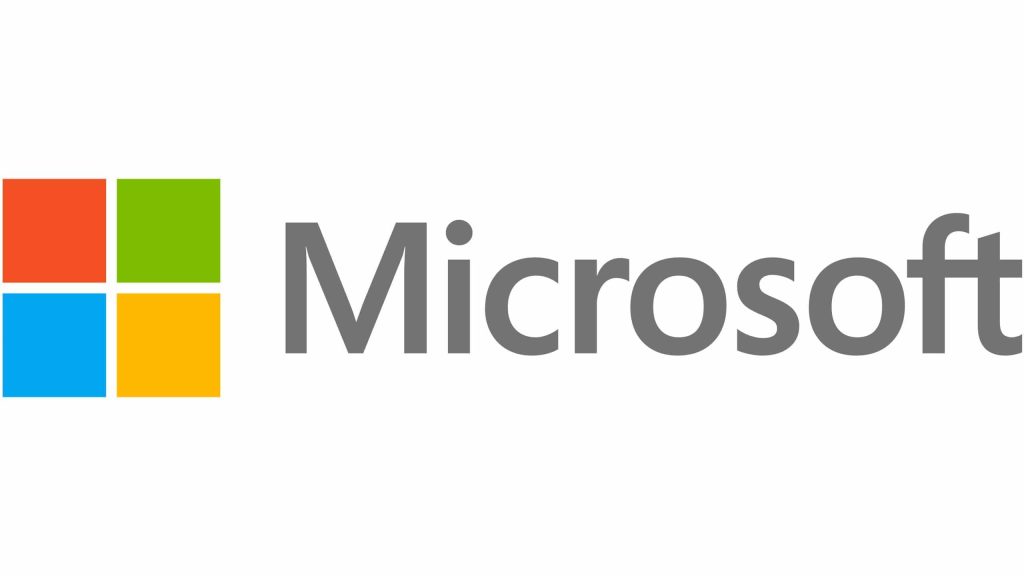Effective July and August 2025, Microsoft is implementing major licensing and pricing updates across its on-premises server portfolio, impacting both renewals and new deployments. These updates affect SharePoint Server, Exchange Server, Skype for Business Server, and the Client Access License (CAL) Suites.
What’s Changing
Beginning mid-2025, the following adjustments take effect:
-
10% price increase for standalone server products
-
15% increase for the Core CAL Suite
-
20% increase for the Enterprise CAL Suite (effective August 1)
In addition, Microsoft has released new Subscription Editions for Exchange Server and Skype for Business Server, aligned with a Modern Lifecycle model. These editions deliver more frequent updates and ongoing feature enhancements, signaling a strategic shift toward version-less, continuously updated products.
Read Microsoft’s full announcement here.
Why It Matters
1. Strategic Budget Planning
The cost increases for on-premises solutions will require IT and procurement teams to revisit their 2025–2026 budget forecasts. For many enterprises, this could accelerate the business case for cloud migration as the total cost of ownership (TCO) gap between on-premises and cloud continues to widen.
2. New Licensing Model for Exchange and Skype
The introduction of Subscription Editions represents a meaningful policy shift. Under the Modern Lifecycle model, customers will no longer manage major version upgrades—instead, updates will roll out continuously. This changes how licensing, support, and compliance are managed for these workloads.
3. Reinforcing Microsoft’s Cloud Strategy
The pricing deltas between on-premises and cloud offerings underscore Microsoft’s ongoing strategy to incentivize adoption of Azure, Microsoft 365, and SaaS-based services. Partners and customers alike should view this as an opportunity to evaluate hybrid and full-cloud architectures.
4. Contract and License Review Urgency
Organizations with CAL or Software Assurance agreements expiring after July 2025 should review renewal timing and terms now. Early evaluation of license optimization and compliance can help avoid unexpected cost or support implications as these changes take effect.
Next Steps for IT and Procurement Teams
-
Audit current on-premises licensing and Software Assurance portfolios
-
Model renewal vs. migration cost scenarios
-
Develop a roadmap for hybrid or cloud-first modernization
-
Engage with your Microsoft partner to align licensing strategy with your long-term IT objectives
Bottom line: Microsoft’s mid-2025 licensing updates mark another clear step toward a cloud-first future. Enterprises maintaining on-premises infrastructure should act now to plan budgets, evaluate alternatives, and ensure a smooth transition into the new licensing era.




